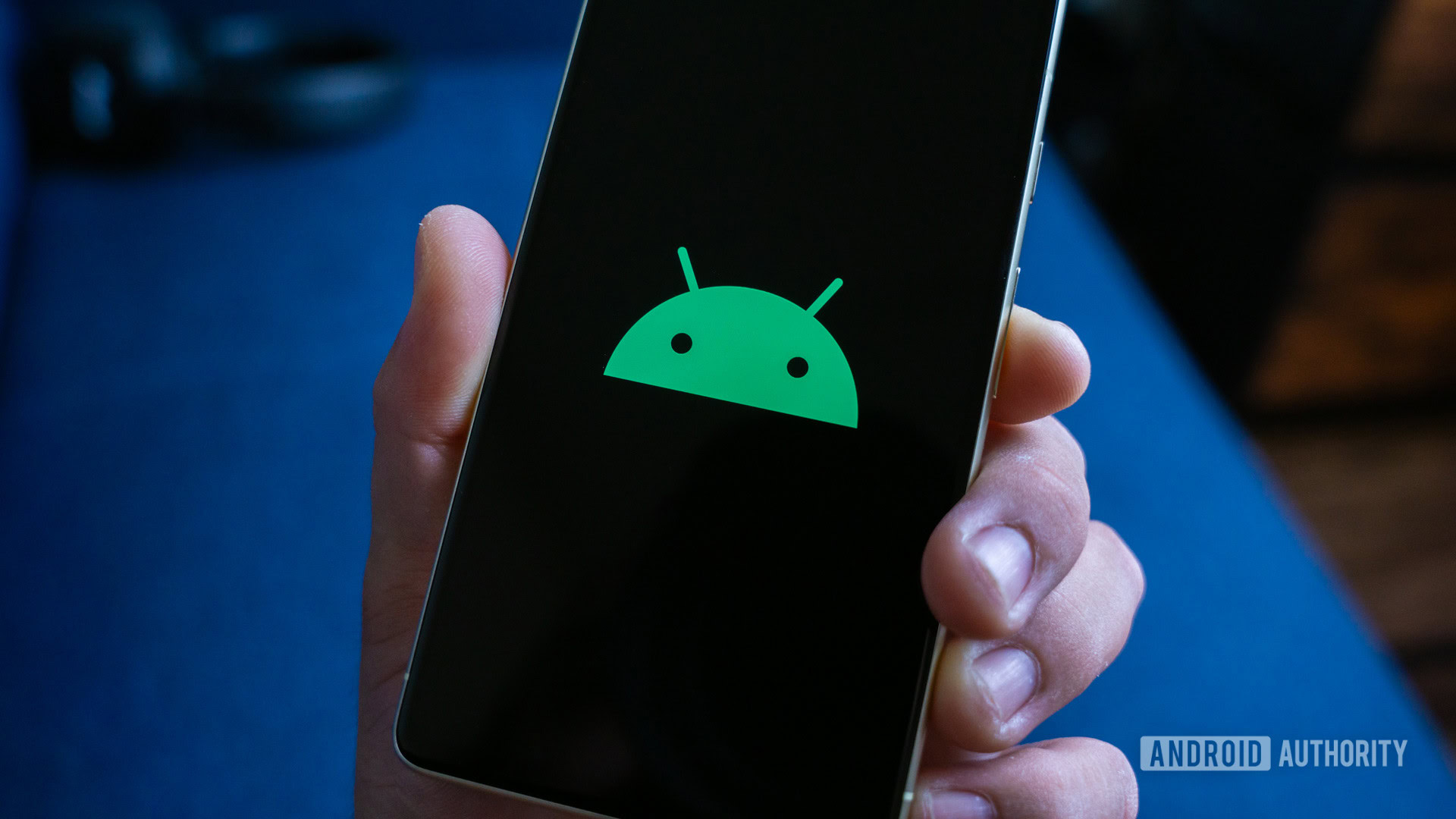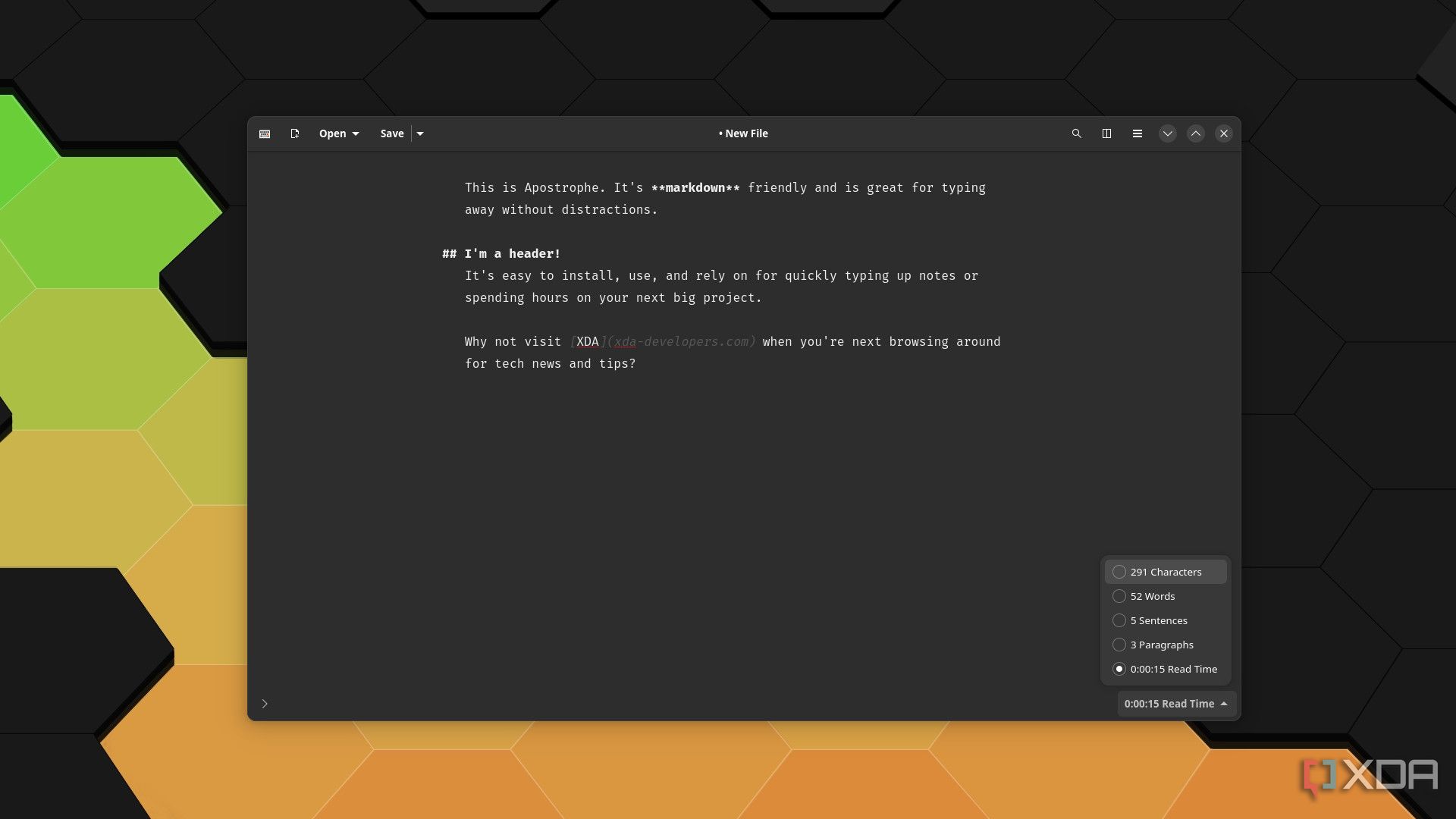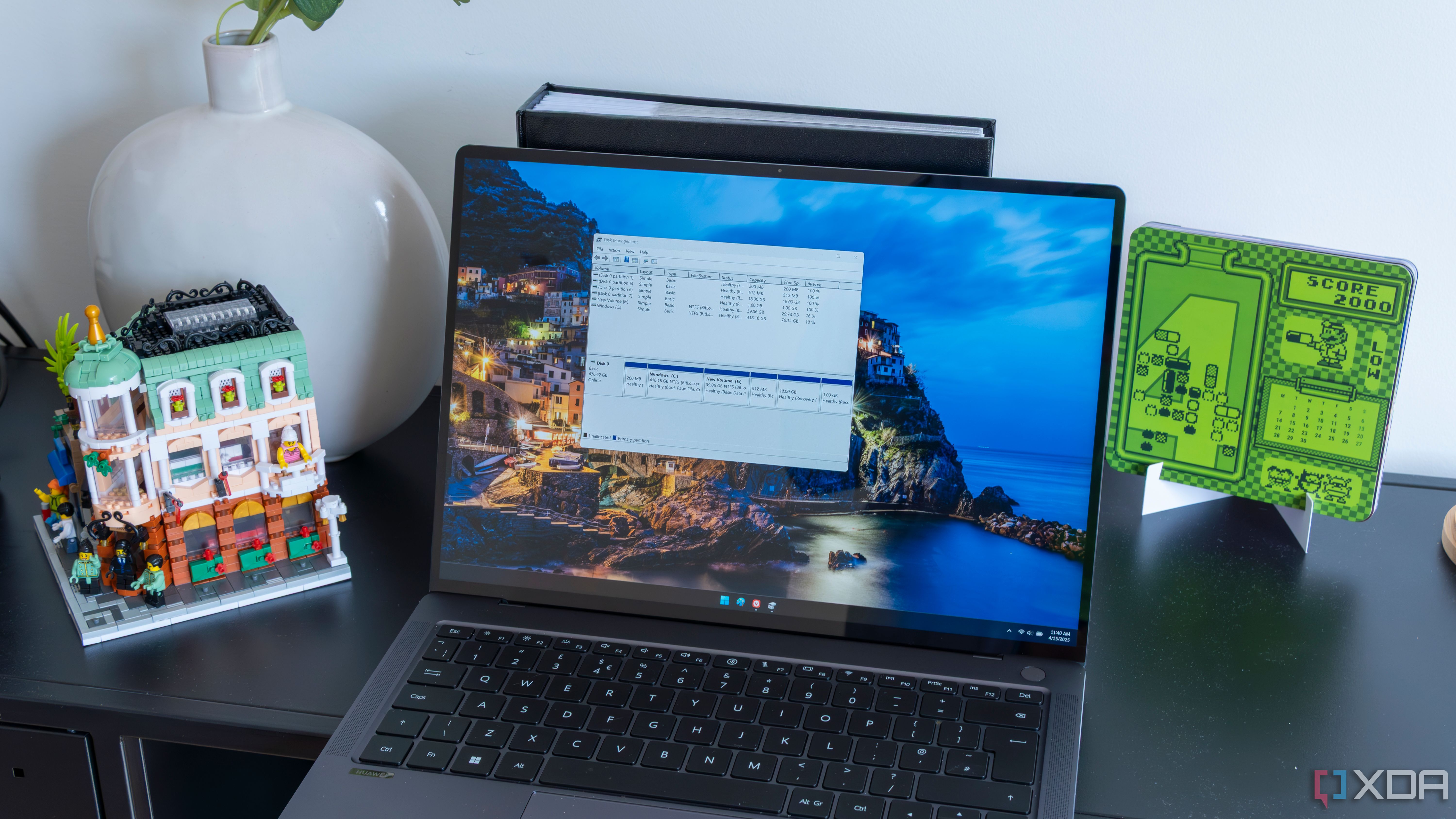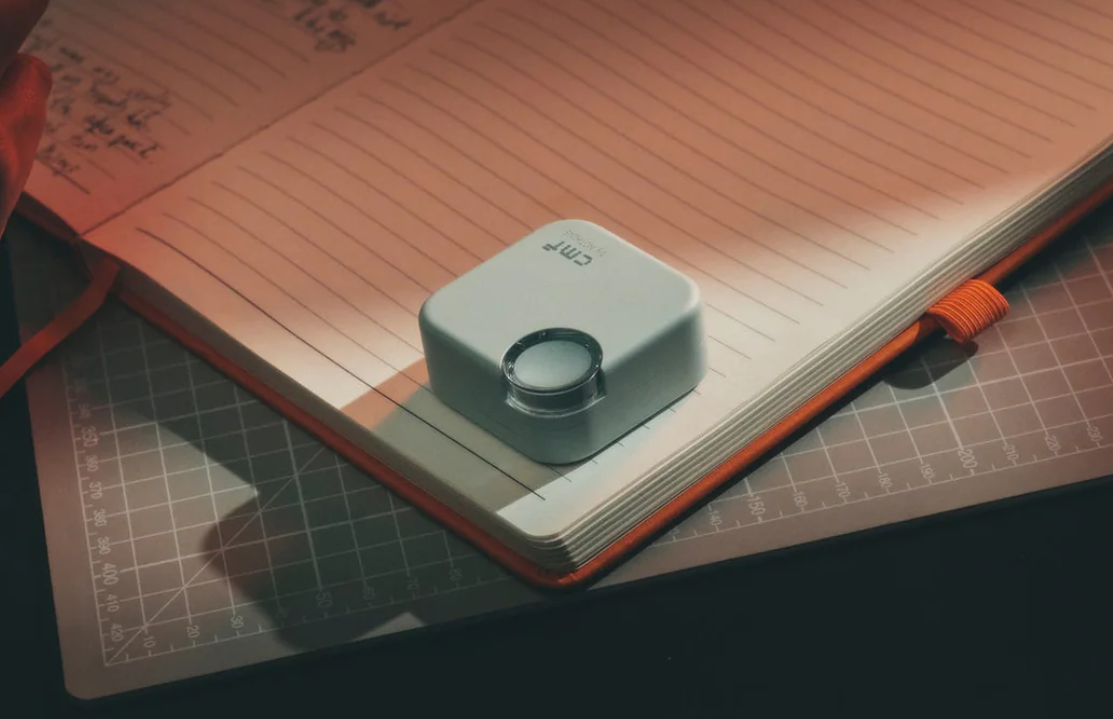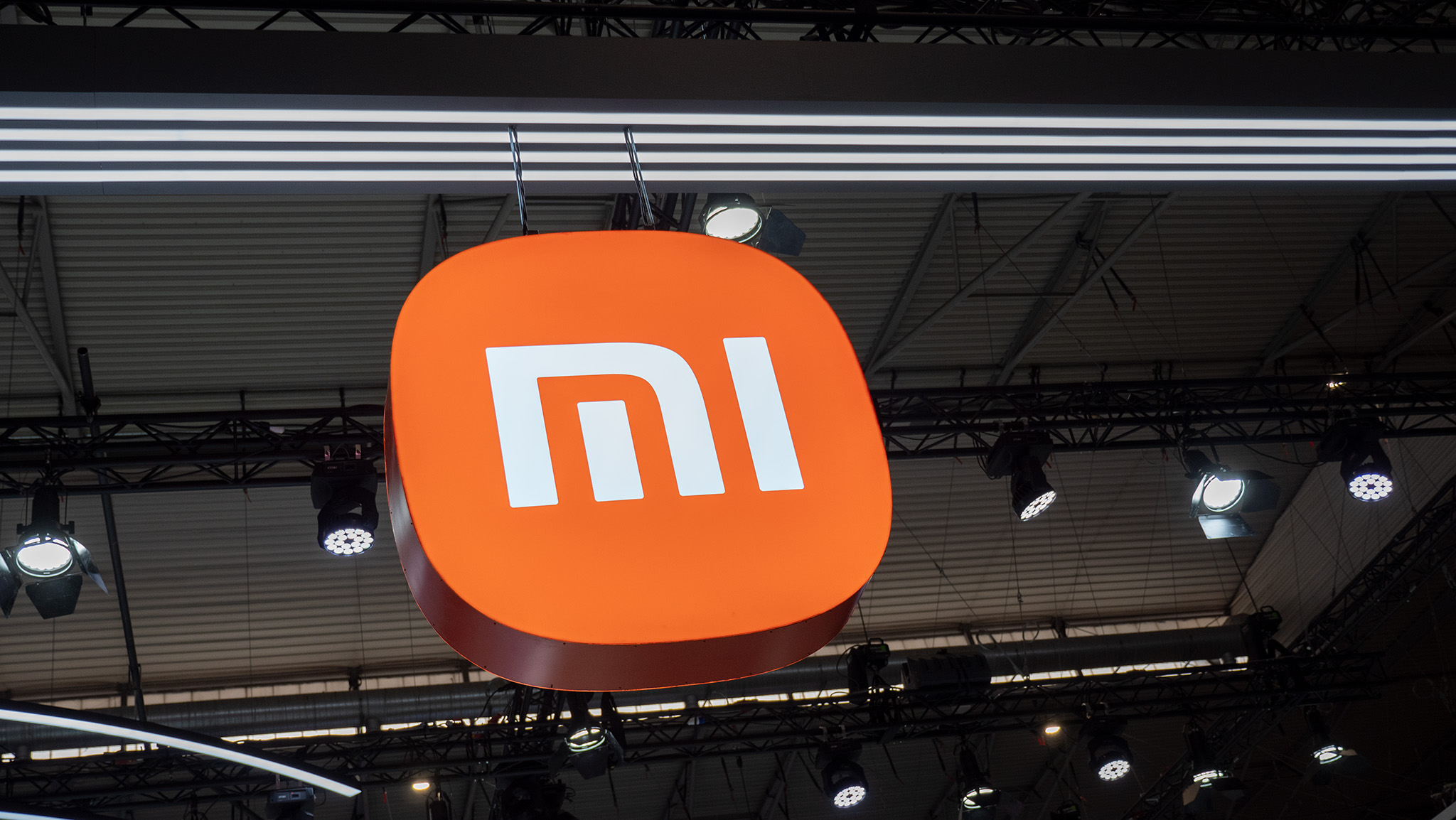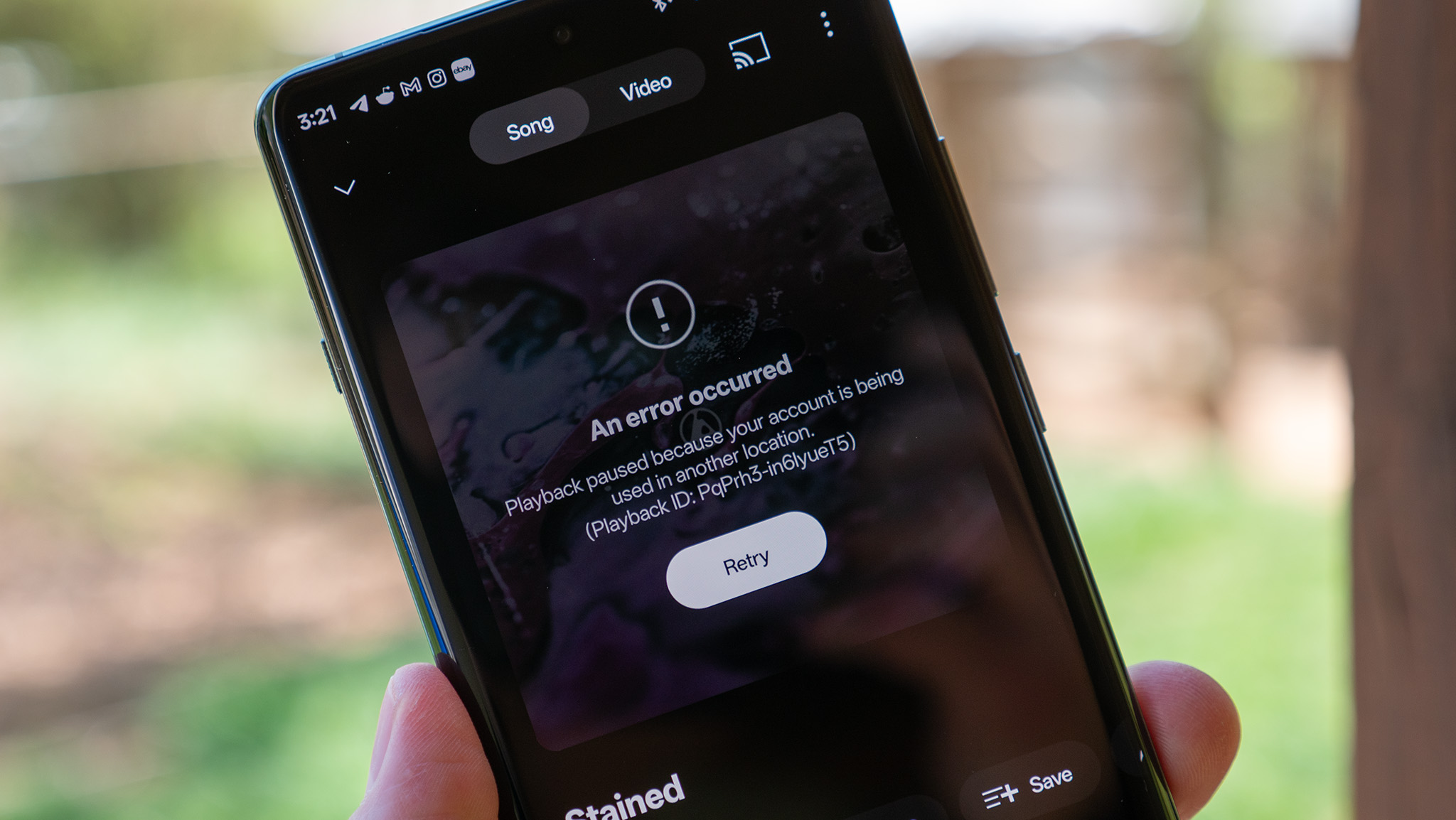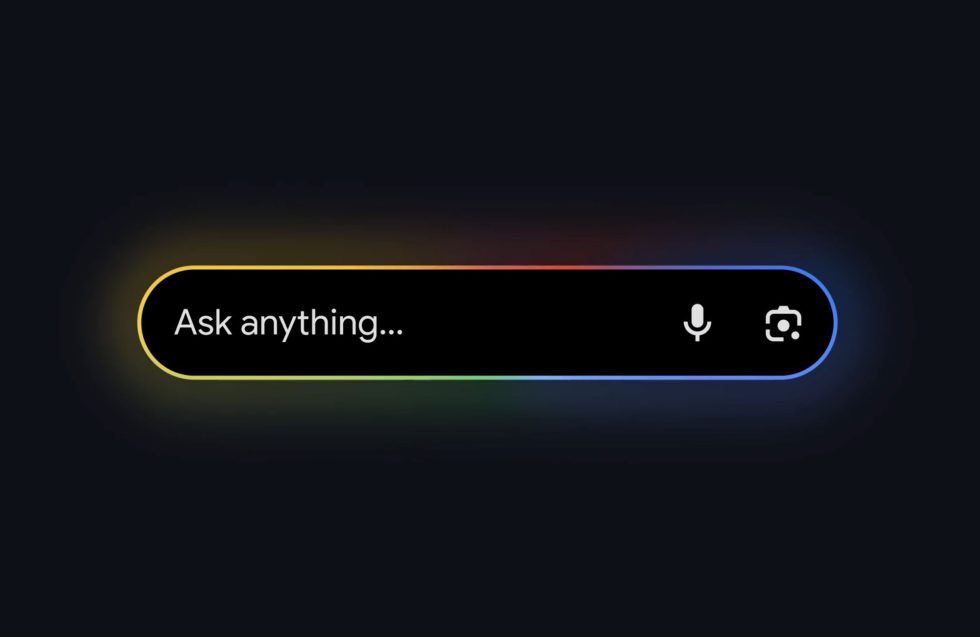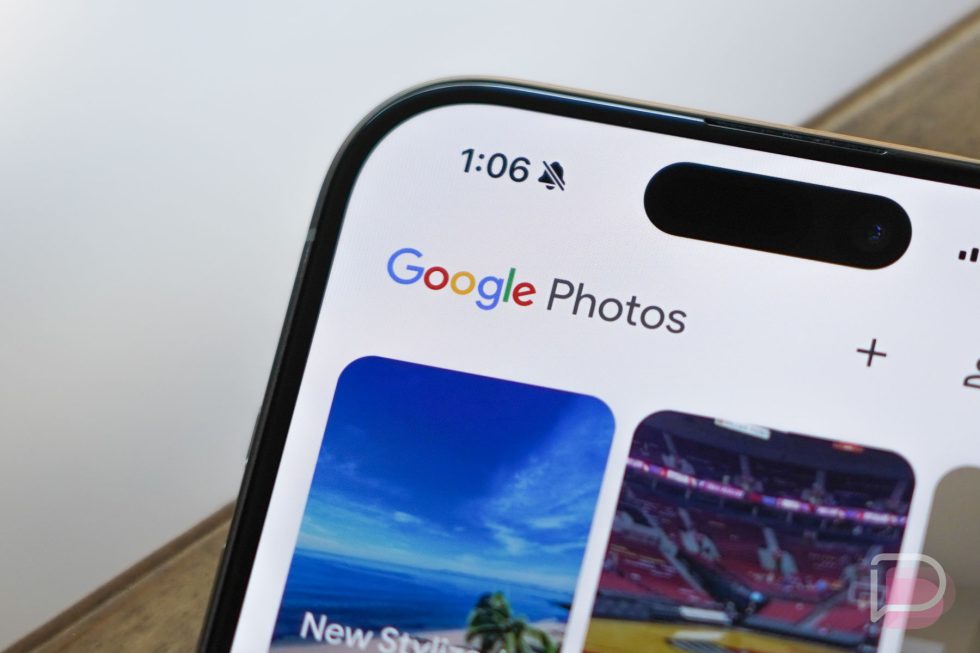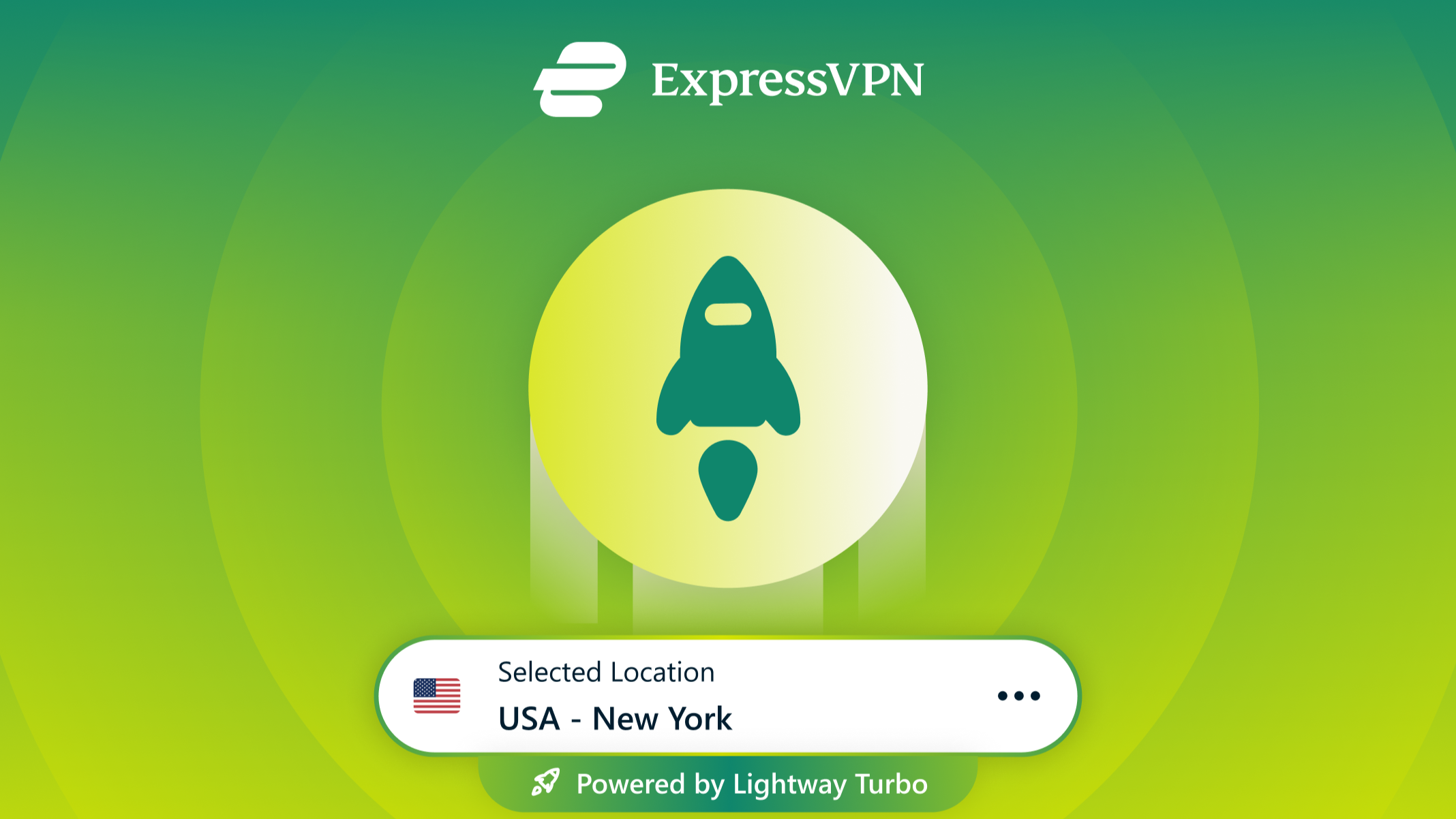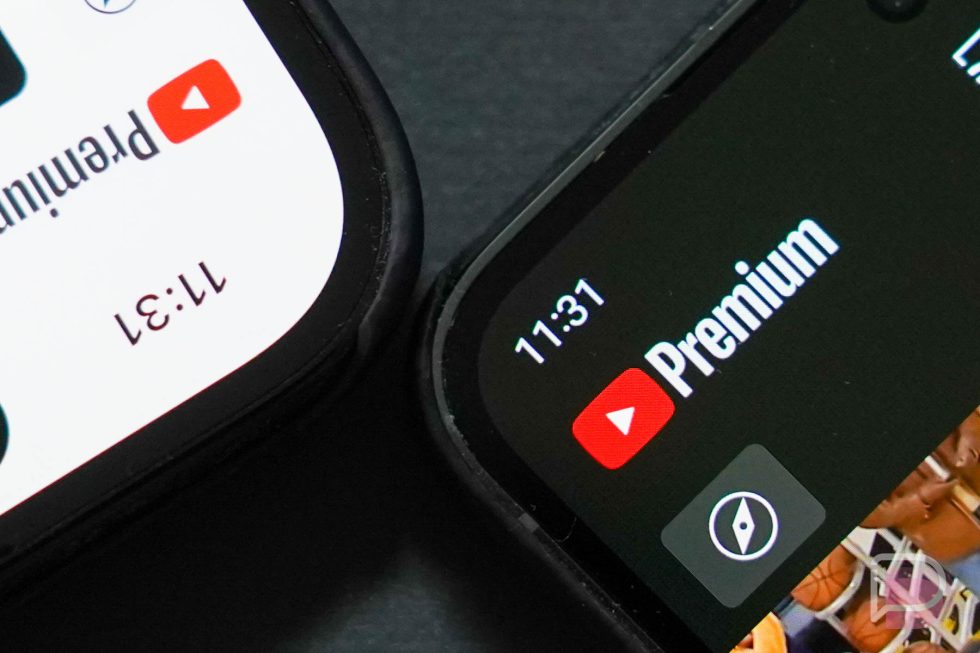5 reasons why Apple making iPadOS 19 more like macOS is a great idea – and 3 reasons why it could be a disaster
Apple could make iPadOS 19 more like macOS – and while this could fix my biggest problem with the iPad Pro, not everyone will be happy.

Notorious Apple leaker Mark Gurman has reported that Apple is planning a major overhaul of iPadOS (the operating system iPads use) to make it work a lot like macOS – and I think this could be a great move, though one that also comes with plenty of danger.
Gurman is very well respected when it comes to Apple leaks, so while we probably won’t get any official idea of how iPadOS 19 is shaping up until Apple’s WWDC event in June, this could still be a big hint at the direction Apple is planning to take its tablet operating system.
In his weekly Power On newsletter for Bloomberg, Gurman claims that “this year’s upgrade will focus on productivity, multitasking and app window management — with an eye on the device operating more like a Mac,” and that Apple is keen to make its operating systems (macOS, iPadOS, iOS and visionOS primarily) more consistent.
As someone who uses the M4-powered iPad Pro, this is music to my ears. Ever since I reviewed it last year, I’ve been confused by the iPad Pro. It was Apple’s first product to come with the M4 chip, a powerful bit of hardware that is now more commonly found in Macs and MacBooks (previous M-class chips were only used in Apple’s Mac computers, rather than iPad tablets).
However, despite offering the kind of performance you’d expect from a MacBook, I found the power of the M4 chip largely went to waste with the iPad Pro due to it still using iPadOS, and was confined to running simplified iPad apps, rather than full desktop applications.
Even if this move still means you can’t run macOS apps on the iPad Pro, it could still make a massive difference, especially when it comes to multitasking (running multiple apps at the same time and switching between them). If Apple nails this, it would go a long way to making the iPad Pro a true MacBook alternative.
But, making iPadOS more like macOS could bring downsides as well, so I’ve listed five reasons why this could be a great move – and three reasons why it could all go wrong.
5 reasons why making iPadOS more like macOS is a great idea
1. It means the iPad Pro makes more sense
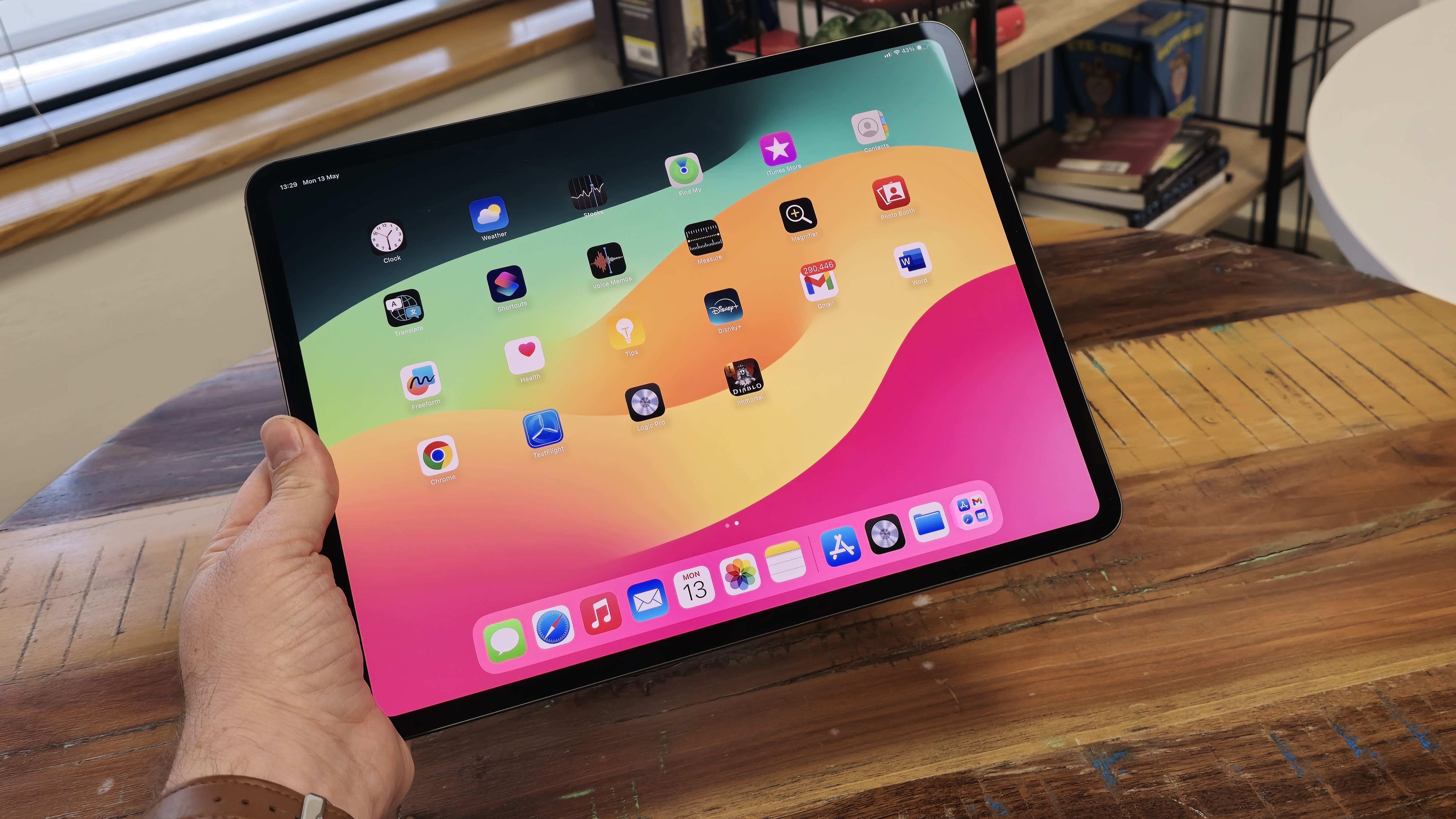
The biggest win when it comes to making iPadOS more like macOS is with the powerful iPad Pro. Hardware-wise, the iPad Pro is hard to fault, with a stunning screen, thin and light design, and powerful components.
However, despite its cutting-edge hardware, it can only run iPad apps. These are generally simple and straightforward apps that have been designed to be used with a touchscreen. These apps also need to be able to be run on less powerful iPads as well.
This means advanced features are often left for the desktop version of the app, and any performance improvement owners of the iPad Pro get over people using, say, the iPad mini will be modest. Certainly, when I use the iPad Pro, it feels like a lot of its power and potential is limited by this – so a lot of the expensive hardware is going to waste.
Making iPadOS more like macOS could – in an ideal world – lead to the ability to run Mac applications on the iPad Pro. At the very least, it could mean some app designers make their iPad apps come with a Mac-like option.
If it means multitasking is easier, then that will be welcome as well. One of the things I struggled with when I tried using the iPad Pro for work instead of my MacBook was having multiple apps open at once and quickly moving between them. Cutting and pasting content between apps was particularly cumbersome, not helped by the web browser I was using (Chrome) being the mobile version that doesn’t support extensions.
It made tasks that would take seconds on a MacBook a lot more hassle – a critical problem that meant I swiftly moved back to my MacBook Pro for work.
2. It could be just in time for M5-powered iPad Pros
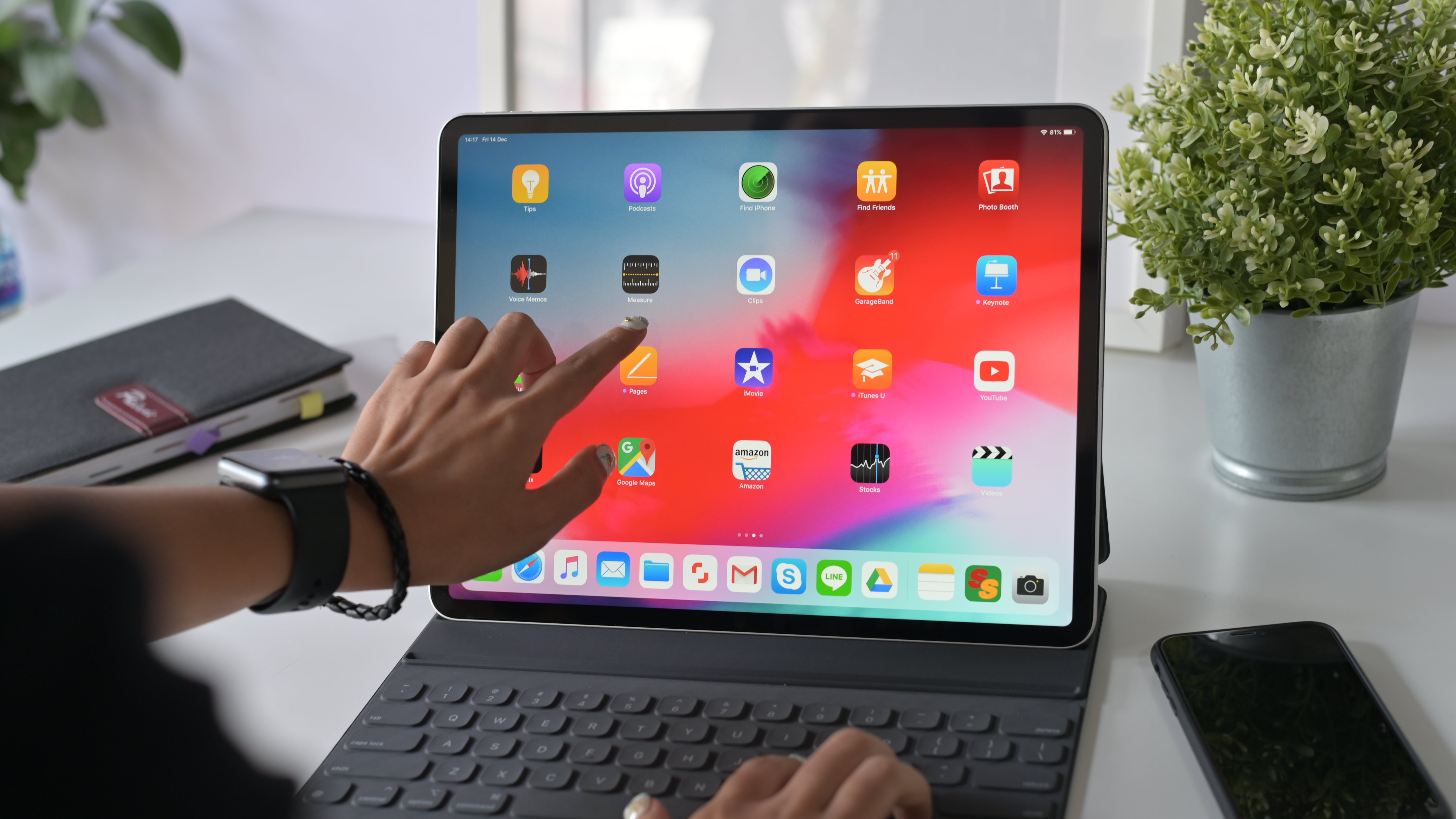
If, as rumored, this major change to iPadOS will be announced at Apple’s WWDC 2025 event, then it could nicely coincide with the rumored reveal of a new iPad Pro powered by the M5 chip.
While I’m not 100% convinced about an M5 iPad Pro, seeing as Apple is still releasing M4 devices, the timing would make sense. If Apple does indeed announce an even more powerful iPad Pro, then iPadOS, in its current form, would feel even more limiting.
However, if Apple announces both a new M5 iPad Pro and an overhaul of iPadOS to make use of this power, then that could be very exciting indeed. And, with WWDC being an event primarily aimed at developers, it could be a great opportunity for Apple to show off the new-look iPadOS and encourage those developers to start making apps that take full advantage of the new and improved operating system.
3. It makes it easier for Mac owners to get into iPad ecosystem
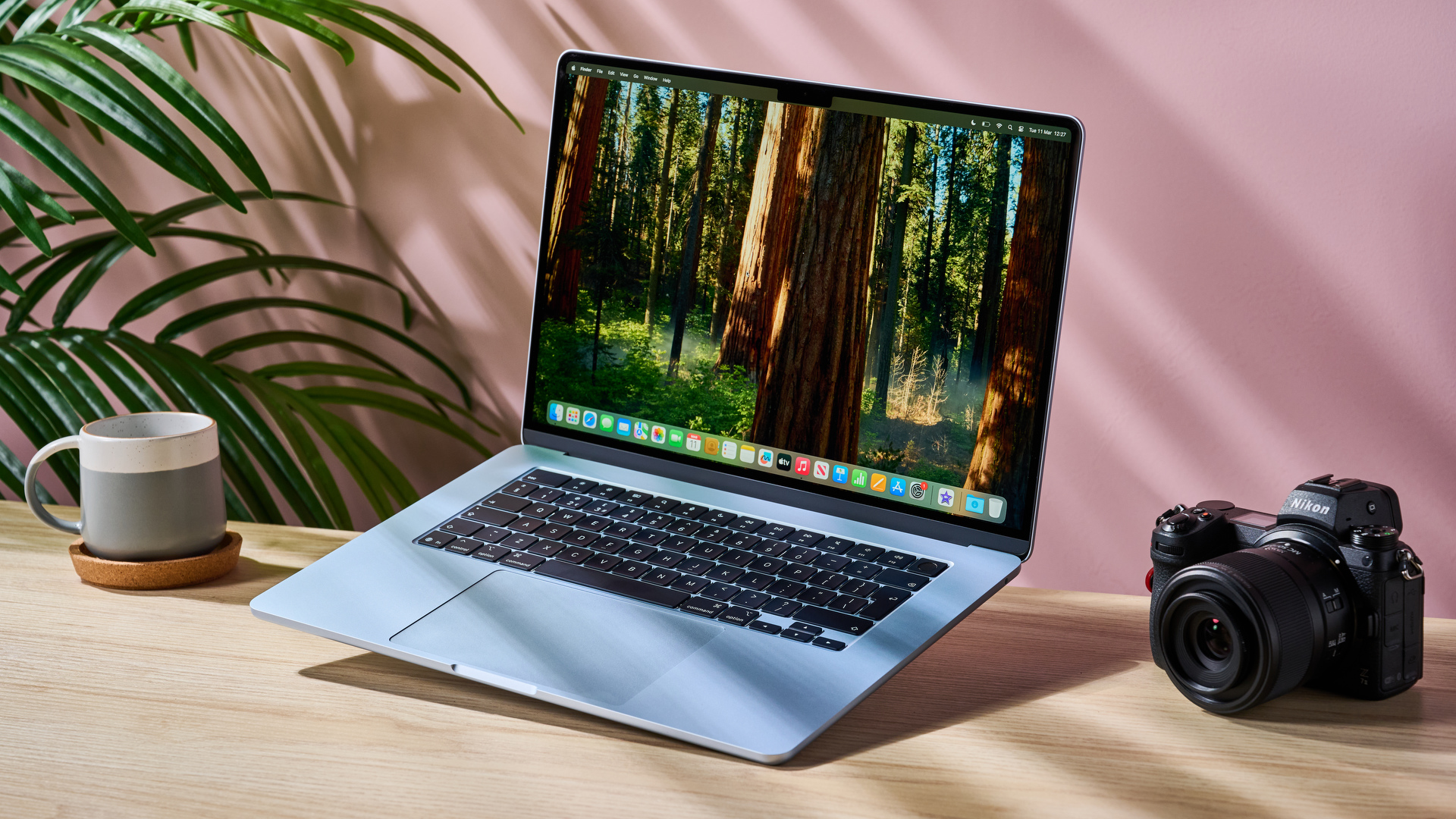
Gurman’s mention of Apple wanting to make its operating systems more consistent is very interesting. One of Apple’s great strengths is in its ecosystem. If you have an iPhone, it’s more likely that you’ll get an Apple Watch over a different smartwatch, and it means you might also have an Apple Music subscription and AirPods as well.
Making iPadOS more like macOS (and iOS and other Apple operating systems) can benefit both Apple and its customers.
If a MacBook owner decides to buy an iPad (Apple’s dream scenario) and the software looks and works in a similar way, then they’ll likely be very happy as it means their new device is familiar and easy to use. And that could mean they buy even more products, which will again be just what Apple wants.
4. It would give iPadOS more of an identity
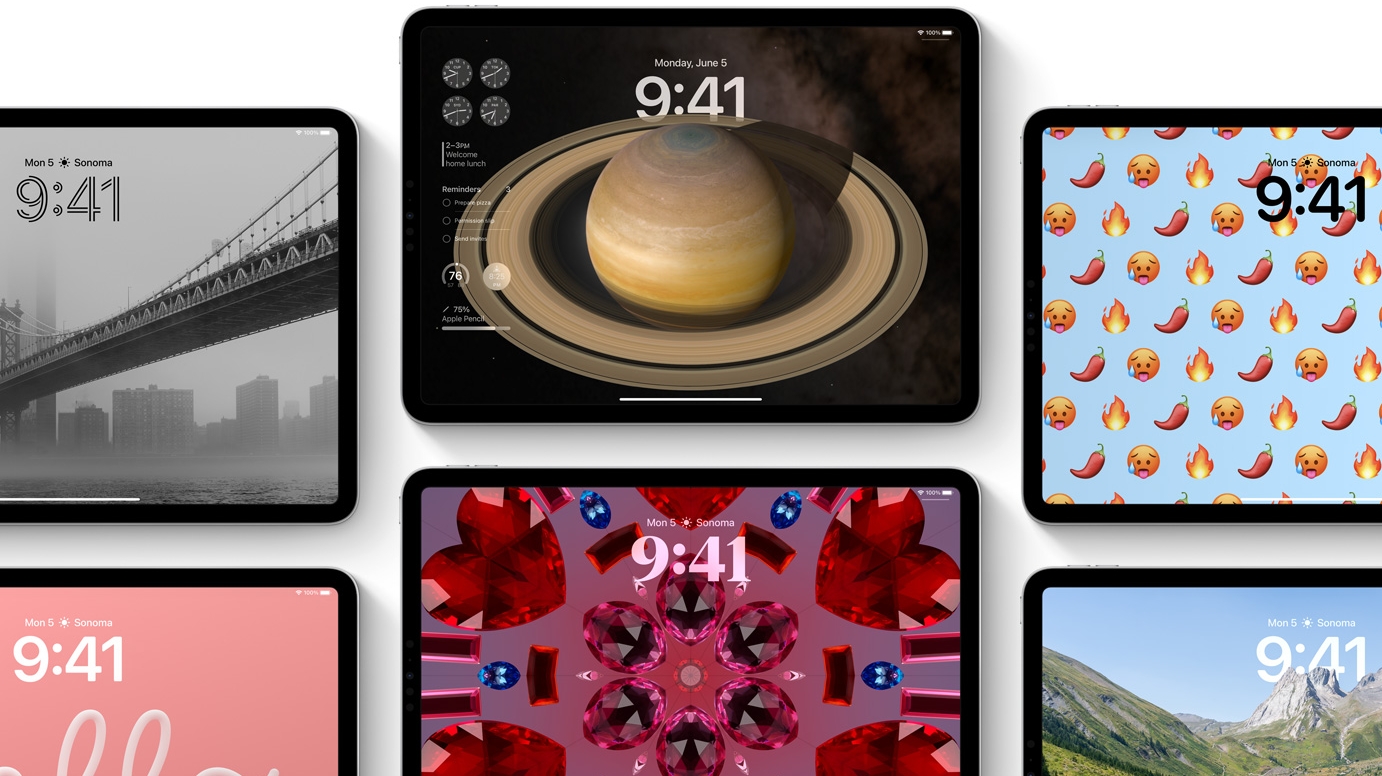
I don’t know about you, but I just think of iPadOS as just iOS (the operating system for iPhones) with larger icons. Maybe that’s unfair, but when the iPad first launched, it was running iOS, and even with the launch of iPadOS in 2019, there are only a handful of features and apps that don’t work on both operating systems.
By making iPadOS a combination of iOS and macOS, it would ironically mean that iPadOS would feel like a more unique operating system, and it could finally step out of the shadow cast by iOS while still benefitting from being able to run almost all apps found in the iPhone’s massive app library.
5. It could mean macOS becomes a bit more like iPadOS

iPadOS getting macOS features could work both ways – so could we get some iPad-like features on a Mac or MacBook? There are things that iPadOS does better, such as being more user-friendly for beginners and turning an iPad into a second display for a nearby MacBook. All this would be great to see in macOS.
Having the choice of a larger interface that works well with touchscreens could even pave the way for one of the devices people most request from Apple: a touchscreen MacBook.
3 reasons why making iPadOS more like macOS is a bad idea
1 . It could overcomplicate things
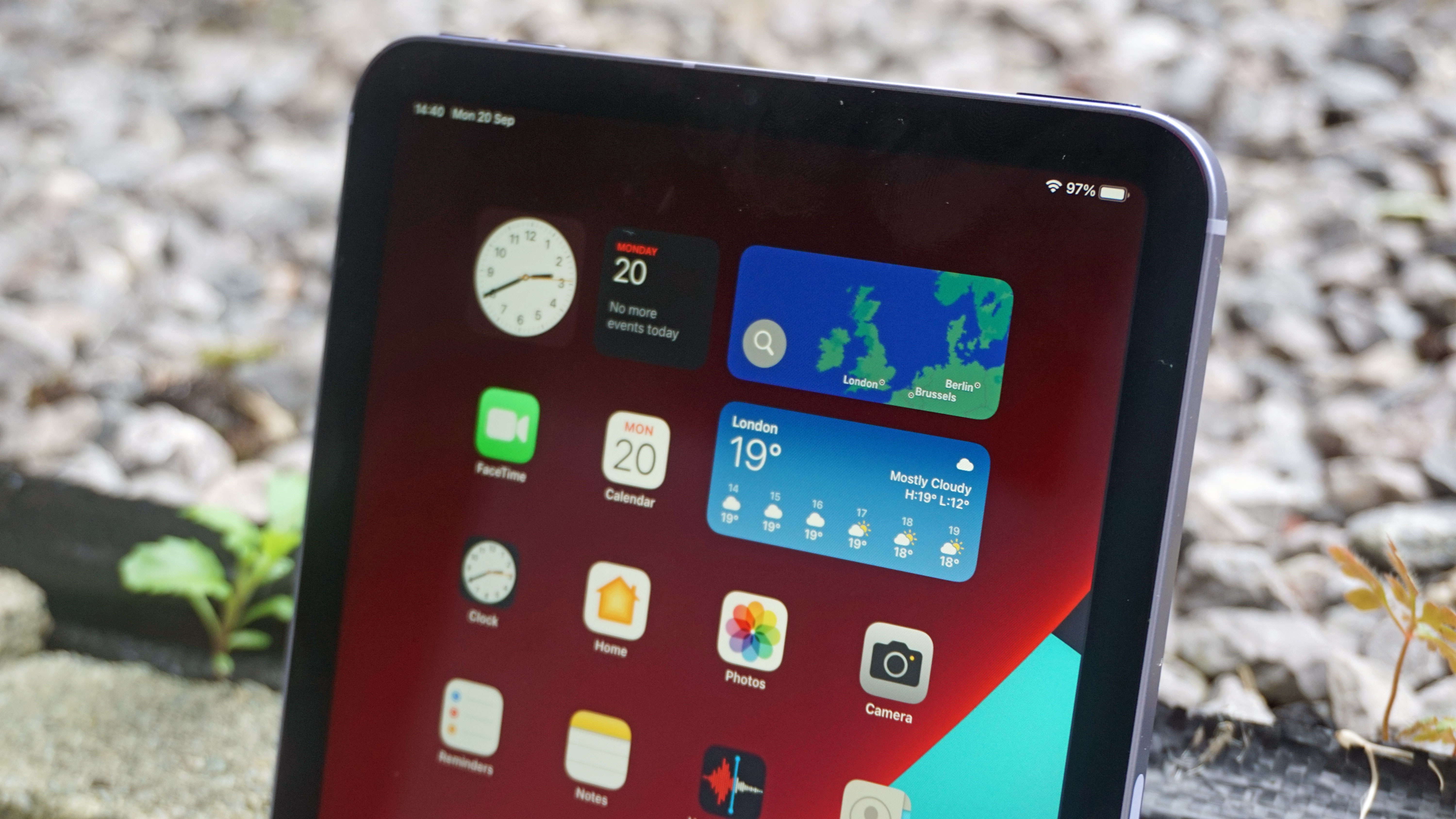
One of iPadOS’ best features is its simplicity, and while I feel that simplicity holds back a device like the iPad Pro, for more casual users on their iPad, iPad mini, or iPad Air, that ease-of-use is a huge bonus.
If iPadOS were to become more like macOS, that could delight iPad Pro owners, but let’s not lose sight of the fact that the iPad Pro is a niche device that’s too expensive for most people. macOS-like features on an iPad mini, for example, just doesn’t make sense, and Apple would be silly to make a major change that annoys the majority of its customers to please just a few.
2. It could cause a divergence with iOS – and lead to fewer apps
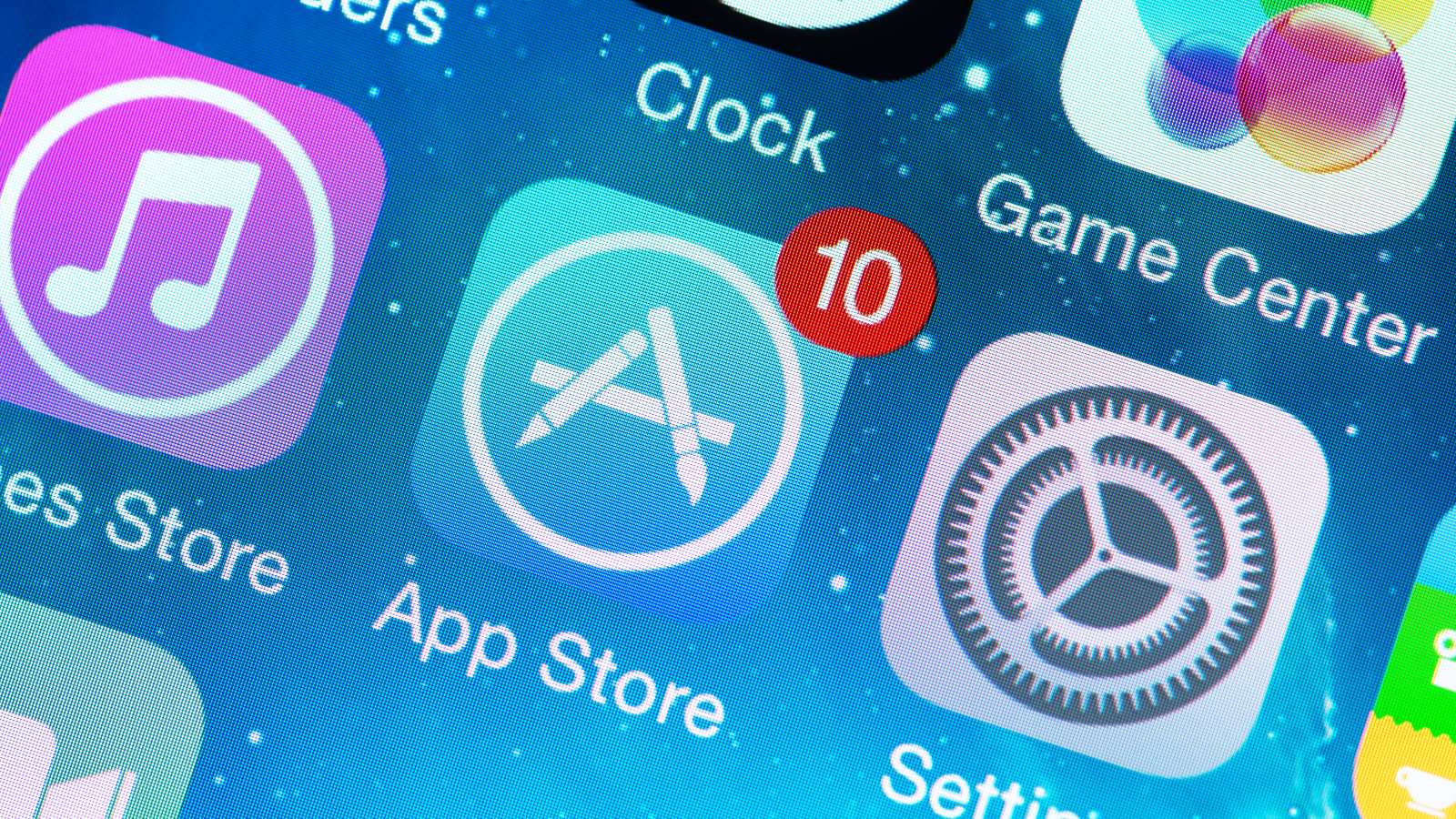
The iPad initially launching with iOS was an excellent decision by Apple, as it meant that people who had bought the new product had instant access to thousands of iPhone apps.
While it wasn’t perfect at first – some apps didn’t work well with the iPad’s larger screen- it was likely much easier than if the iPad had launched with a completely new operating system that then needed developers to create bespoke applications for it.
Think of it this way: if you were an app developer with limited resources (both time and money), would you make an app for a system that already had millions of users or risk making an app for a new product with a tiny user base? The answer is simple – you’d go for the large user base (almost) every time, so if it hadn’t launched with iOS and access to the App Store, then the original iPad could have been a flop. Just look at Microsoft’s attempts with the Windows Phone – it needed developers to create a third version of their apps, alongside iOS and Android versions. Very few developers wanted to do that, which meant Windows Phone devices launched with far fewer apps than Android and iPhone rivals.
If iPadOS moves closer to macOS, could we see fewer apps make it to iPad? While iPads are incredibly popular, they are still nowhere near as popular as iPhones, so if devs have to choose between which audience to make an app for, you can bet it’ll be for the iPhone.
However, if future iPadOS apps will remain essentially iOS apps but with an optional macOS-like interface, that could still mean the new look is dead on arrival, as developers will prefer to concentrate on the interface that can be used by the widest audience rather than just iPad Pro users.
3. You’ll probably need expensive peripherals to make the most of it
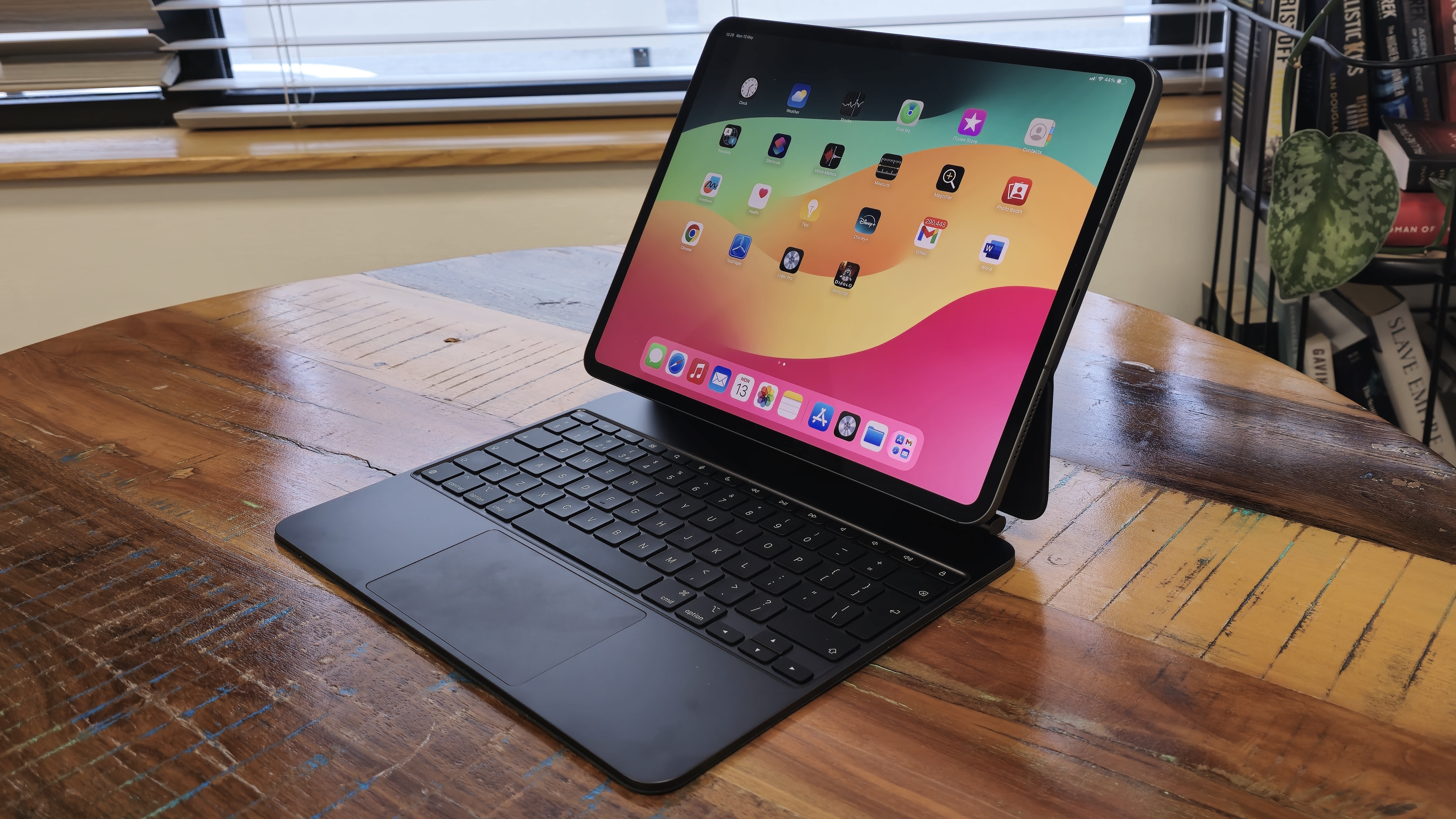
iPadOS works so well because it’s been designed from the ground up to be used on a touchscreen device. You can buy a new iPad, and all you need to do is jab the screen to get going.
However, macOS is designed for keyboard and mouse/trackpad, so if you want to make the most out of a future version of iPadOS that works like macOS, you’re going to need to invest in peripherals – and some of them can be very expensive.
The Magic Keyboard for iPad Pro is a brilliant bit of kit that quickly attaches to the iPad and turns it into a laptop-like device with a physical keyboard and touchpad, but it also costs $299 / £299 / AU$499 – a hefty additional expense, and I can almost guarantee that to use any macOS-like features in iPadOS, you’ll really need some sort of peripherals. This will either make things too expensive for a lot of people, or if you choose a cheaper alternative such as a Bluetooth keyboard and mouse, it then takes away from the simplicity of using an iPad.
This could mean fewer people actually use the macOS-like elements, which in turn would mean there’s less incentive for app developers to implement features and designs that only a small proportion of iPad users will use.
So, I’m all for more macOS features for my iPad Pro – but I am also very aware that I am in the minority when it comes to iPad owners, and Apple needs to be careful not to lose what made the iPad so successful in the first place just to placate people (like me) who moan about iPads being too much like iPads. Maybe it would just be better if I stuck with my MacBook instead.

